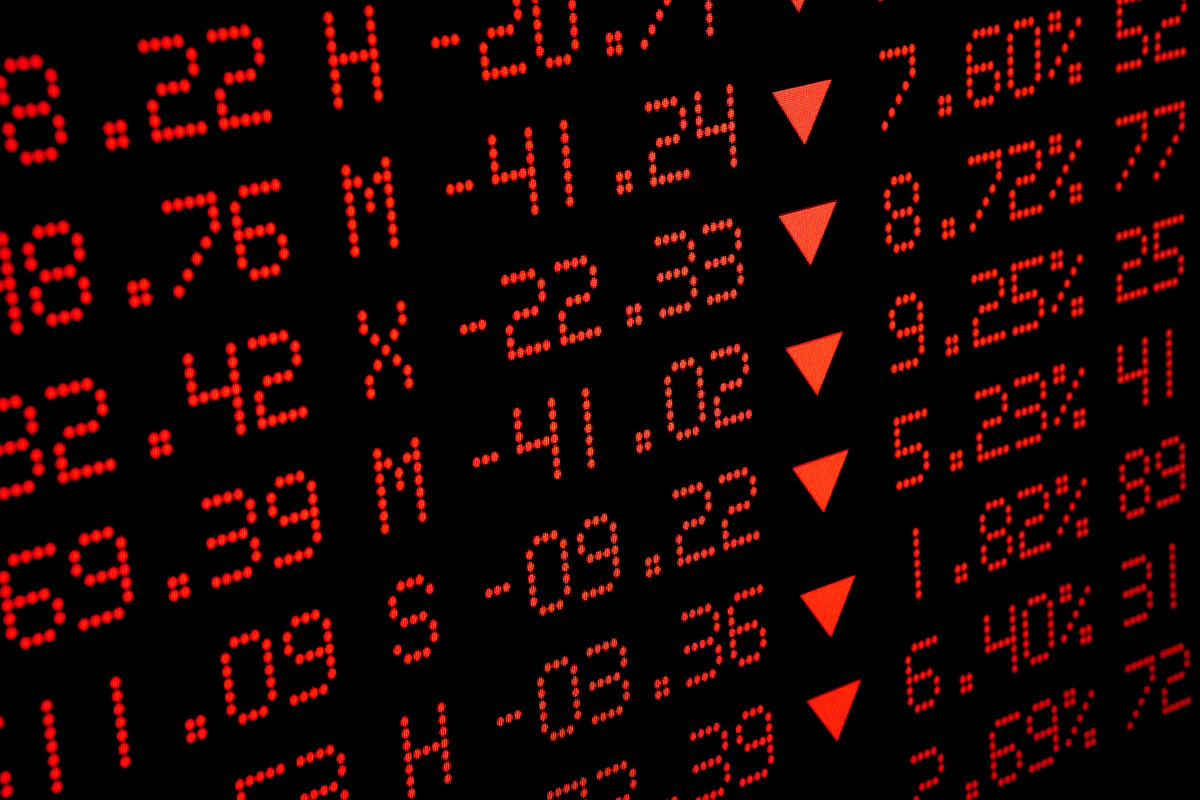
When will the stock market stabilize? As the last trading week of August began, worried investors wondered just that. Gains for the major indices were hard to imagine at Monday’s opening bell, but few imagined the Dow Jones Industrial Average would drop 1,089 points as trading began – a new record, as the blue chips had never sunk more than 800 points during any trading session.
Fortunately, the Dow, Nasdaq Composite, and S&P 500 came off those opening lows on August 24 – but all three indices corrected in intraday terms, falling more than 10% from recent peaks. At one point, the S&P 500 had pulled back 12.5% from its May record high.
A correction is not a call to exit the equity markets. Corrections are jarring, but they are a normal part of the process. By August 24, the S&P 500 had gone more than 1,000 days without one, which was abnormal. It had last corrected in October 2011. Since the 1950s – as a Deutsche Bank analysis notes – the average length of a Wall Street rally without a correction has been 357 days.
Many analysts contend that corrections are healthy for a bull market. When they occur, they act to remove speculators and reset P-E multiples, and they can offer buying opportunities.
Think of corrections as “storms.” By nature, they are sudden and it is hard for any investor to find insulation against them. The thing to remember is that market sentiment tends to provoke them as much or more than fundamentals.
As suddenly as corrections happen, the markets may recover quickly from them. In fact, in the 14 corrections (10-20%) for the S&P 500 from 1965-2014, it took the S&P an average of just 107 days to recoup its losses. While history does not indicate future performance, this is notable.
Fears of a global slowdown may not impede the bulls. Worldwide, investors are currently fretting over China’s apparent economic slowdown. Factory output in the PRC fell to a 6-year low in July, signaling that the world’s second-largest economy is shifting into a lower gear.
China’s benchmark index, the Shanghai Composite, lost 11% during the week of August 17-21. That was bad enough, but China’s government did nothing to address the selloff over the weekend – a surprise given its recent, aggressive moves to reassure equity investors. That inaction contributed to another 8.5% loss for the Composite at the start of this week. In response, major indices in Europe shed approximately 5% and the Dow tumbled triple digits.
All of this is very troubling, yet a bottom could be in sight. Calm, convincing remarks from People’s Bank of China, European Central Bank, and Federal Reserve officials could help the morale of investors (the yearly Jackson Hole Summit starts later this week, in fact). The Wall Street Journal noted early this week that China’s central bank intends to inject more liquidity into that nation’s banking system.
One possibility – certainly a nice one to entertain – is that the point of capitulation may have occurred early Monday. Shortly after its 1,089-point plunge the opening bell, the Dow gained back half of that loss in approximately 15 minutes. As Albion Financial Group CIO Jason Ware told Reuters Monday, automated trading and forced selling to meet margin calls factored into that huge descent. “We are unlikely to be going into a bear market,” Ware noted. “There are a number of positive things happening under the surface of all this chaos and it is easy to forget those things when you see these types of moves.”
On the other hand, perhaps the bottom has not been found. If more poor economic data from China arrives and stateside indicators disappoint, the bulls will face a tough test.
Will the Federal Reserve still go through with a fall rate hike after this? On August 17, traders responding to a survey by English money broker Tullett Prebon gave the Fed a 46% chance of raising short-term interest rates in September. On August 21, respondents put the chance of that at 30%; by August 24 it was 24%. Larry Summers, the former U.S. Treasury Secretary, stated over the weekend in a Washington Post op-ed piece that a near-term rate hike would be “a serious error that would threaten all three of the Fed’s major objectives: price stability, full employment and financial stability.”
Investing is a long-term pursuit that requires the patience to ride out market storms. When U.S. stocks go so long without a correction, the appearance of one can be truly unnerving – yet often they are necessary, healthy pauses in bull markets. By definition, corrections do not last long – certainly not as long as your retirement saving effort should last.

About the Independent Financial Advisor
Robert Pagliarini, PhD, CFP® has helped clients across the United States manage, grow, and preserve their wealth for nearly three decades. His goal is to provide comprehensive financial, investment, and tax advice in a way that is honest and ethical. In addition, he is a CFP® Board Ambassador, one of only 50 in the country, and a fiduciary. In his spare time, he writes personal finance books. With decades of experience as a financial advisor, the media often calls on him for his expertise. Contact Robert today to learn more about his financial planning services.



